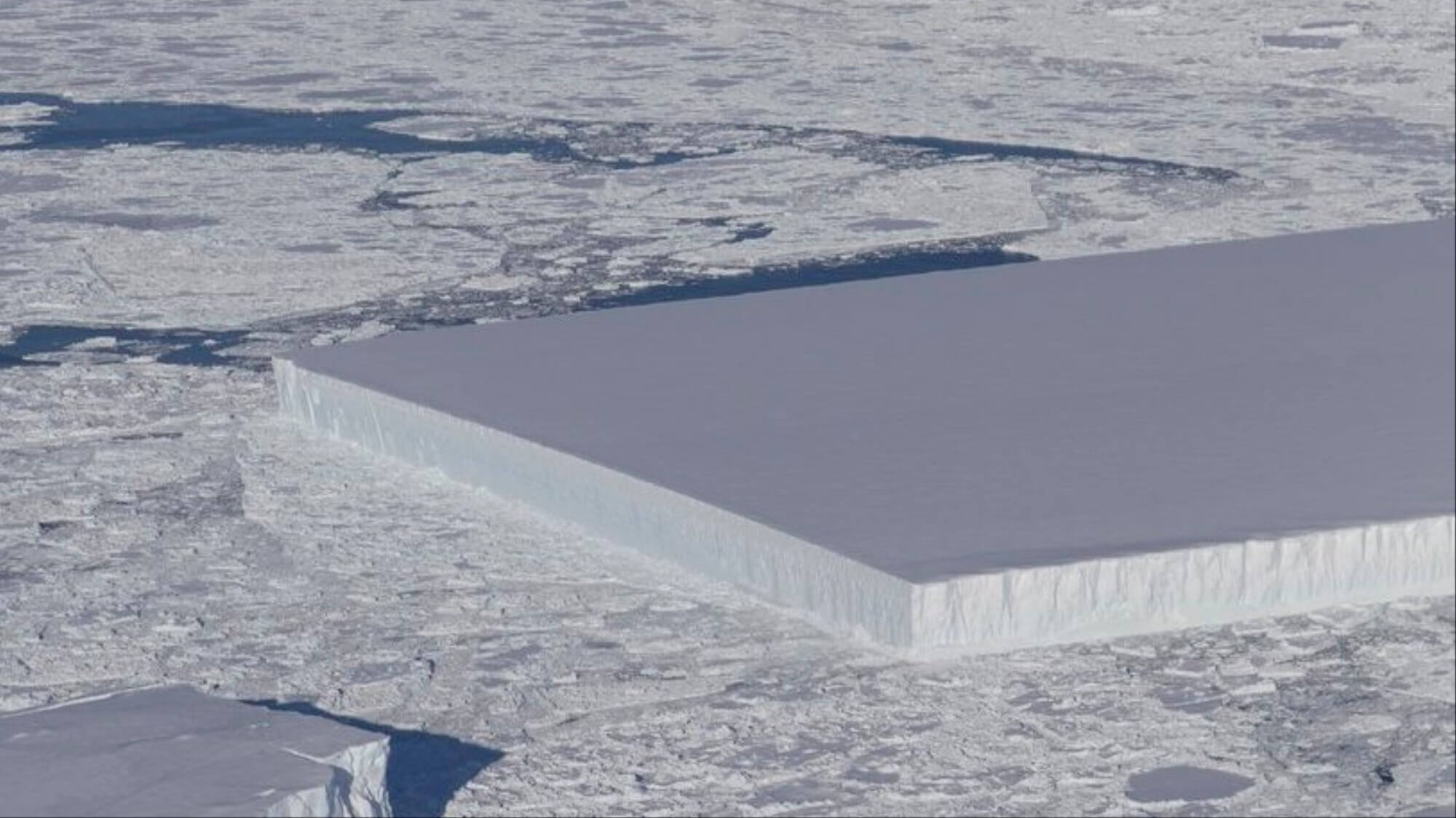I think its beyond awesome when oral history of something like this is validated by physical evidence.There are a lot of recent findings that suggest a serious of fast, large-scale flooding events occurred in several places around the globe between 12,000 and 8000 years ago. If those events turn out to have been connected, perhaps via a series of geological upheavals, then its quite possible they happened within a single human lifetime. There's little doubt that stories would have been passed on..we already know that human oral history goes back at least 6000 years and there's no reason to think it couldn't be much older. That practice was very important to ancient man.
My understanding is that dating of the fossil record puts the time period of some of these events coincident with the end of ice ages. The proposed cause of at least some is an ice dam breaking. As I understand it, though there were several such events, none of them were what I think could be considered global scale in that the Earth was not flooded everywhere all at the same time.
When I think of a global event, I think of something like the Snowball Earth hypothesis. https://en.wikipedia.org/wiki/Snowball_Earth
Interesting...Strangely they seem to want to fund NASA more, or at least give them more attention(plus space force). Congress at least dished out massive amounts of money to science, including NASA, on the two year spending bill. Most of the organizations saw there highest budgets since pre-recession.

